#697 Skeena echoes and silkscreens
Voices from the Skeena: An Illustrated Oral History
by Robert Budd, illustrated by Roy Henry Vickers
Madeira Park: Harbour Publishing, 2019
$29.95 / 9781550178838
Reviewed by Tyler McCreary
*
On March 12, 2020, Voices from the Skeena: An Illustrated Oral History, by Robert Budd and Roy Henry Vickers, was one of five books shortlisted for the 2020 Bill Duthie Booksellers’ Choice Award of the BC and Yukon Book Prizes. Winners will be announced on September 19th — Ed.
*
 In Voices from the Skeena, oral historian Robert Budd partners with Indigenous artist Roy Henry Vickers to compile and illustrate a colourful collection of stories from northwestern British Columbia. Showcasing archival oral history interviews originally collected in the 1960s, the book documents the ardour and skill that travelling the region required prior to the completion of the Grand Trunk Pacific Railway in 1914. In these early days, the turbulent Skeena River was the central transportation corridor. Voices from the Skeena will deepen readers’ appreciation for the characters that traversed this northern waterway more than a century ago.
In Voices from the Skeena, oral historian Robert Budd partners with Indigenous artist Roy Henry Vickers to compile and illustrate a colourful collection of stories from northwestern British Columbia. Showcasing archival oral history interviews originally collected in the 1960s, the book documents the ardour and skill that travelling the region required prior to the completion of the Grand Trunk Pacific Railway in 1914. In these early days, the turbulent Skeena River was the central transportation corridor. Voices from the Skeena will deepen readers’ appreciation for the characters that traversed this northern waterway more than a century ago.

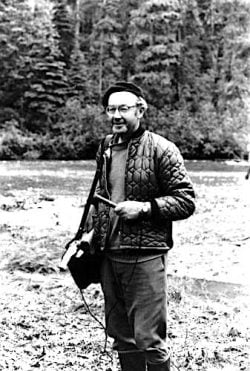
The collection also cultivates respect for the oral history research conducted by CBC Radio journalist, Imbert Orchard. Between 1959 and 1966, Orchard (and his sound editor Ian Stephen) recorded almost a thousand conversations, amassing 2,700 hours of oral history on the settlement and development of the province before the First World War. Budd has spent years working to preserve, restore, and digitize the voluminous materials that Orchard and the CBC donated to the Royal British Columbia Museum. He has also sought to share the wealth of stories that Orchard compiled with the public in two previous books (with accompanying audio CDs): Voices of British Columbia (Douglas & McIntyre, 2010) and Echoes of British Columbia (Harbour Publishing, 2014). Although some of the stories in Voices from the Skeena have already been published in Budd’s earlier anthologies, there is also new material included here. As with the previous books, providing wider access to the oral histories helps personalize the past, particularly for those who move beyond the text of Voices from the Skeena and listen to the digitized recordings on the book website.
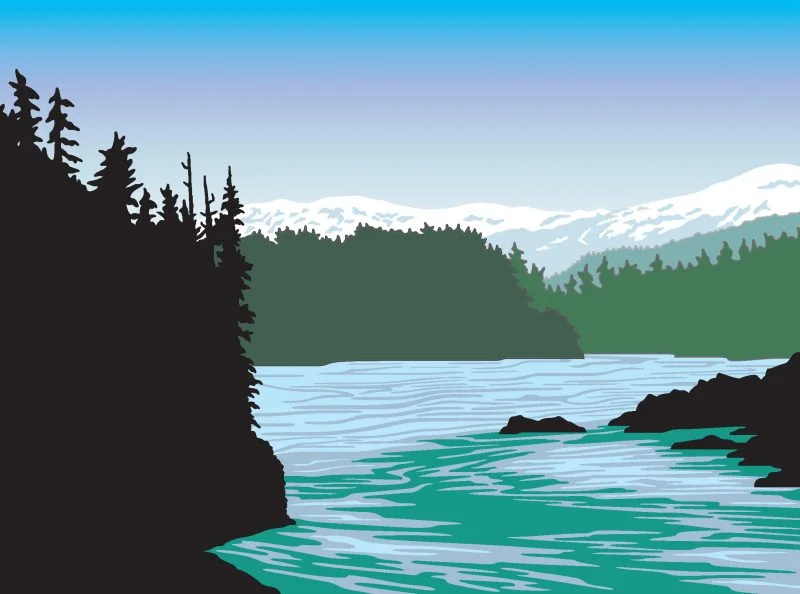
Voices from the Skeena adopts a distinctive regional frame from the earlier anthologies that is brought to life through Vickers’ original illustrations. The clean lines and broad swatches of colour in Vickers’ images limn a distinct sense of the landscape of Northwestern BC. In his stark use of colour, Vickers’ work here is reminiscent of the late Yukon artist, Ted Harrison. However, Vickers also incorporates the stylized forms of Northwest Coast Indigenous art, combining artistic influences from his (paternal) Tsimshian, Haida, and Heiltsuk ancestry, and his (maternal) English heritage. The effect is a distinct rendering of the Skeena as a natural and cultural landscape.
These artistic elements distinguish Voices from the Skeena, building upon Vickers and Budd’s longstanding collaboration. Vickers and Budd have previously produced two successful children’s book series printed by Harbour Publishing. The First West Coast Book series — Hello Humpback! (2017), One Eagle Soaring (2018), and Sockeye Silver, Saltchuck Blue (2019) — introduces babies and toddlers to Vickers’ renderings of the Northwest landscape and wildlife on thick paperboard. The books in the Northwest Coast Legends series — Raven Brings the Light (2014), Cloudwalker (2015), Orca Chief (2016), and Peace Dancer (2017) — help to story this landscape, recounting Tsimshian and Gitxsan traditional narratives. Voices from the Skeena extends Vickers and Budd’s collaboration from Indigenous oral traditions to settlers’ stories of coming to live in Northwestern British Columbia.
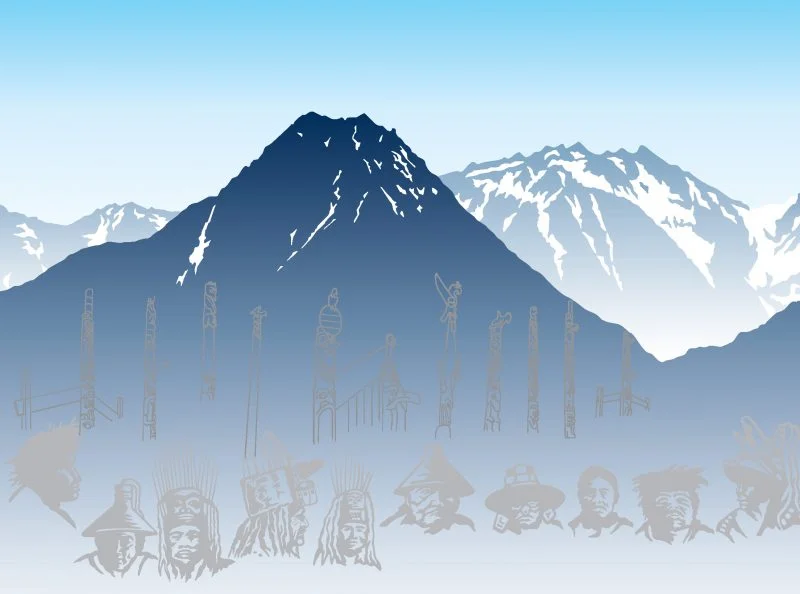

Voices from the Skeena opens with Jeffrey H. Johnson, a Gitxsan chief from Kispiox born in 1897, who situates the Skeena in the Gitxsanimix language as Xsien or “the juice of the clouds.” According to Johnson, the river was famous for its fogs in fall. As Gitxsan families would congregate along the riverbanks in the fall season to preserve fish, they named the river after its autumnal mist. Johnson notes that Indigenous peoples’ relationships to the land have been impacted by the arrival of white missionaries, fur traders, and cannery operators — as well as the decimating impacts of introduced diseases, such as smallpox. But Johnson does not portray Indigenous peoples as simple victims, emphasizing how they have adapted to changing religious and economic practices.

The subsequent interviews emphasize the work involved in connecting the Skeena region to an emerging global economy. Vicky Sims, the daughter of a missionary-cum-trader father and mixed-race Tsimshian-French Canadian mother, remembered travelling by canoe with Indigenous guides poling boats up the river. Agnes Harris, who emigrated from England to the Northwest Coast cannery town of Port Essington, described the emergence of local currencies issued by early traders, such as Robert Cunningham. Martin Starret recalled Jean Caux, the Catalonian packer whose mules supplied early miners, locally renowned as Cataline after his heavily accented call for the animals to “get in line.” Sarah Glassey reflected on her experiences as the first woman to pre-empt land in British Columbia. Viroqua Godfrey, daughter of a Skeena steamboat captain, recalled the difficulties involved in negotiating the river by boat. Finally, the book closes with an excerpt from one of Orchard’s 1963 radio documentaries, “Skeena, River of the Clouds,” that splices together several different interviews to construct a broader tableau.
Ultimately, Voices from the Skeena creates an image of the intercultural geography of Northwestern BC at the turn of the twentieth century. While the individual interviews often focus on the exceptional characters that Orchard sought to highlight, as a collection Voices from the Skeena demonstrates the diverse cast involved in the transformation of the Skeena before the arrival of the railway. The depiction is necessarily partial — Orchard collected 63 interviews on the Skeena, comprising almost one hundred hours of oral history recordings. However, as most British Columbians remain ignorant of Orchard’s oral history project, Vickers and Budd provide an excellent inducement to further explore these recordings.
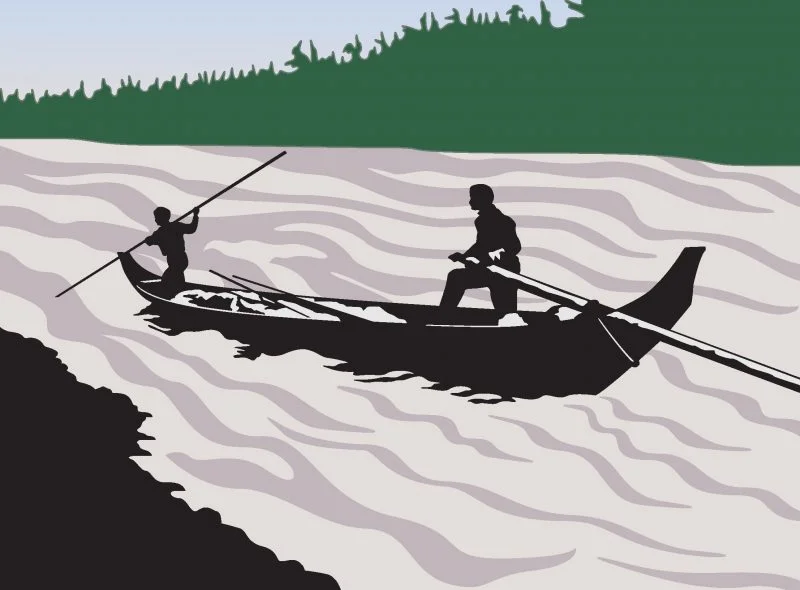
*
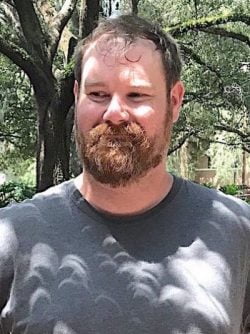
A native of Northwestern British Columbia, Tyler McCreary is an assistant professor of Geography at Florida State University, and an adjunct professor of First Nations Studies at University of Northern British Columbia. His research examines how Indigenous-settler relations configure the politics of land, labour, and community life, including how environmental governance processes address Indigenous relationships to the land, how Indigenous peoples interact with resource sector labour markets, and how processes of urban and regional governance impact Indigenous families living in towns and cities. He has published over two dozen scholarly articles and book chapters. He also recently coedited (with Heather Dorries, Robert Henry, David Hugill, and Julie Tomiak) the book, Settler City Limits: Indigenous Resurgence and Colonial Violence in the Urban Prairie West (Winnipeg: University of Manitoba Press, 2019). For a review of his first book, Shared Histories: Witsuwit’en-Settler Relations in Smithers, British Columbia, 1913-1973 (Smithers: Creekstone Press, 2018), see The Ormsby Review no. 440 (December 5, 2018), by Keith Smith. Shared Histories won the BC Historical Federation’s Lieutenant Governor’s Medal for Historical Writing for best book published in 2018.
*
The Ormsby Review. More Books. More Reviews. More Often.
Publisher and Editor: Richard Mackie
The Ormsby Review is a journal service for serious coverage of B.C. books and authors, hosted by Simon Fraser University. The Advisory Board consists of Jean Barman, Robin Fisher, Cole Harris, Wade Davis, Hugh Johnston, Patricia Roy, David Stouck, and Graeme Wynn. Scholarly Patron: SFU Graduate Liberal Studies. Honorary Patron: Yosef Wosk. Provincial Government Patron since September 2018: Creative BC
“Only connect.” – E.M. Forster































4 comments on “#697 Skeena echoes and silkscreens”
For Roy Henry Vickers: PS. It is great to view your work. I have been looking at it for almost 50 years and still want more. Allan
For Roy Henry Vickers: Great work my friend. You are not getting older, you’re getting better! Allan
Thank you for the wonderful review.